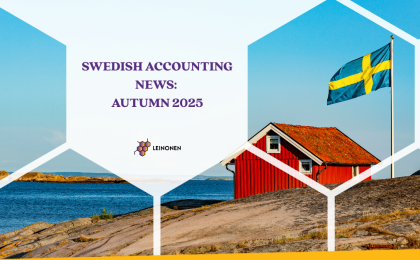The double tax agreement between the Nordic countries will be updated with new anti-tax base erosion and profit shifting provisions with effect from January 1, 2020.
The Finnish Government has announced that it has completed its domestic ratification procedures in respect of the updated double tax agreement, enabling it to enter into force from November 28, 2019.
The protocol to the Nordic double tax agreement – covering Denmark, Sweden, Norway, Finland, Iceland, and the Faroe Islands – was signed on August 29, 2018.
The updated treaty includes a new preamble, which states that the DTA is not intended to create opportunities for non-taxation or reduced taxation through tax evasion or avoidance, or treaty shopping, and attempts to abuse it will be counteracted by the treaty’s provisions. Further, it provides that mutual assistance procedure dispute resolution may be initiated in a contracting state other than the taxpayer’s state of residence.
Author: Ulrika Lomas, Tax-News.com, Brussels




